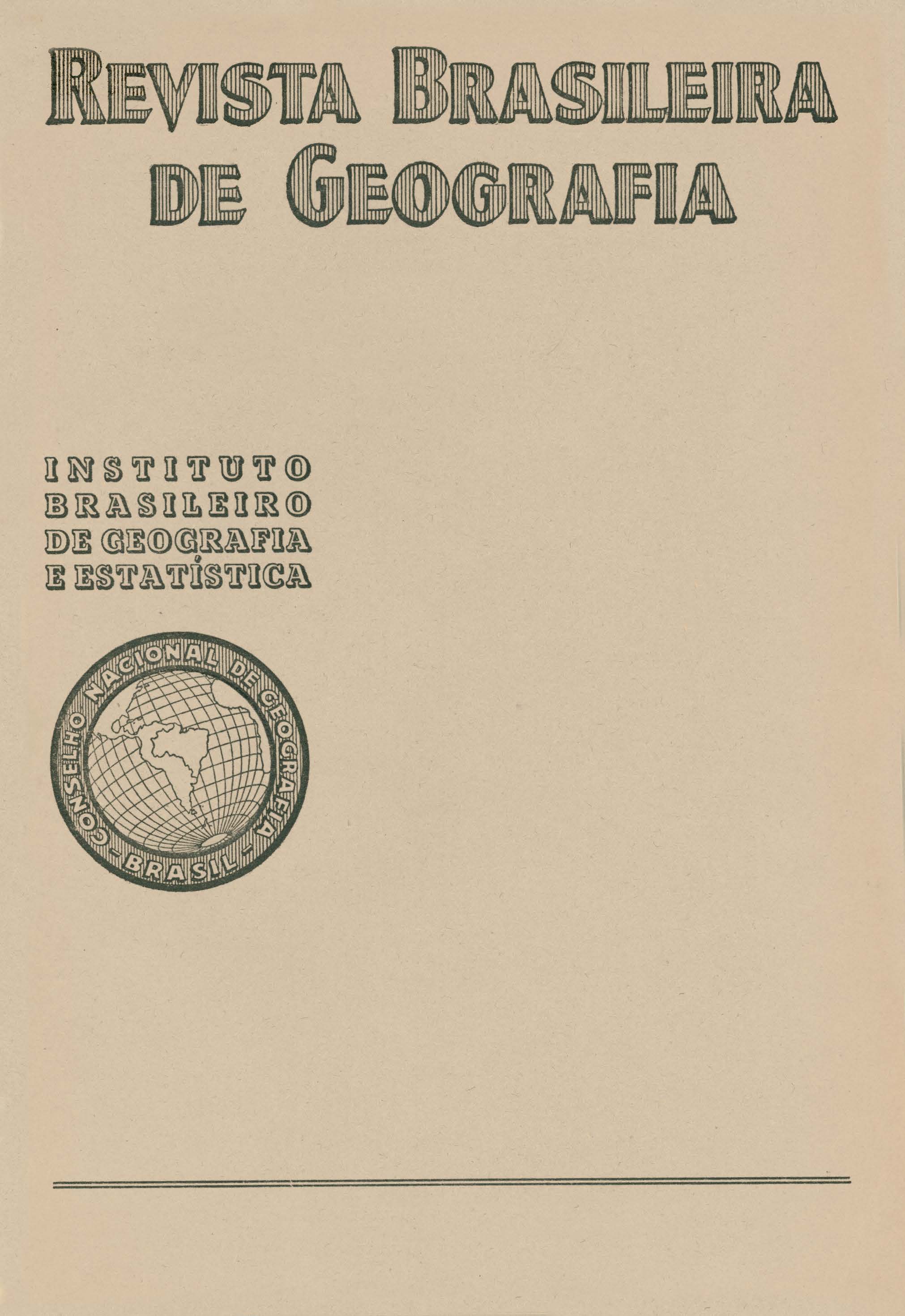Geografia dos transportes no Brasil: interiorização
Palavras-chave:
Geografia Econômica, Geografia Física, Geografia Humana, Transportes, ColonizaçãoResumo
Engineer Moacir Silva, Technic Adviser of the National Geographic Council, follows in the present number, the publication of his "Geography of Transport in Brazil". The author begings this chapter, assuring that the colonization of the brazilian "sertões" (interior), was realized by people belonging to the country, mainly by the paulistas. The nortuguese discovered only the littoral of Brazil. This colonization is called by the author "interiorization", and it is how he entitles this chapter.
Studying the devastation of the hinterland, he ressaults the brilliant enopee of the "bandeiras" or "entradas" (expeditions towards the interior of the country). The natural of the country by means of these "bandeiras", engaged themselves in to the thickest o f the forests, facing all sort of dangers. Attacking the virgin forest, they erected the great brazilizan nation and enlarged the boundaries of their country, in expense of big sacrifices. The principal way of communication was the fluviatic, that ·is to say, large rivers. The journeys through the roads cleared by natives. were done on foot, for the horse was nearly inexistent in the organization of the "bandeiras".
The writer recalls several authors, eminent names, who have described the splendid movement of geographical expansion designed by the name of "bandeiras". These one may be classed regarding the period or their purpose.
The period of the "bandeiras" include~ the years 1500 to 1700, during which the scone was prepared, opened and ended the epic period of penetration. The purpose were two-: hunting the natives or searching metals, the second one being the most important of both. Remarkable were also the Jesuit's religious "bandeiras", with the purpose of catechising the natives.
Ending his study the writer declares that the cities, villages and boroughs which exist in the littoral zone rised from the placcs considerated as "sure harbour" (bates, gulfs etc.), at the same time that human agglomerations of the interior of the country, derived from the "pousos~' (resting place) of the "bandeiras" in their penetration mouvement. The "sertanistas" or pioueers of this period were called ravisher o f the "sertão" or then cities planter. Following, the author enquires, from which points will rise the cities of the future. Shall they derive from the roads confluence? or shall they come from the spots of excellent water and climate?
The author thinks that probably, the cities of the future will rise from the points where agricultura! or industrial exploration are carried on, as for instance in Amazon region, where the Ford Industrial Company of Brazil is installed.






